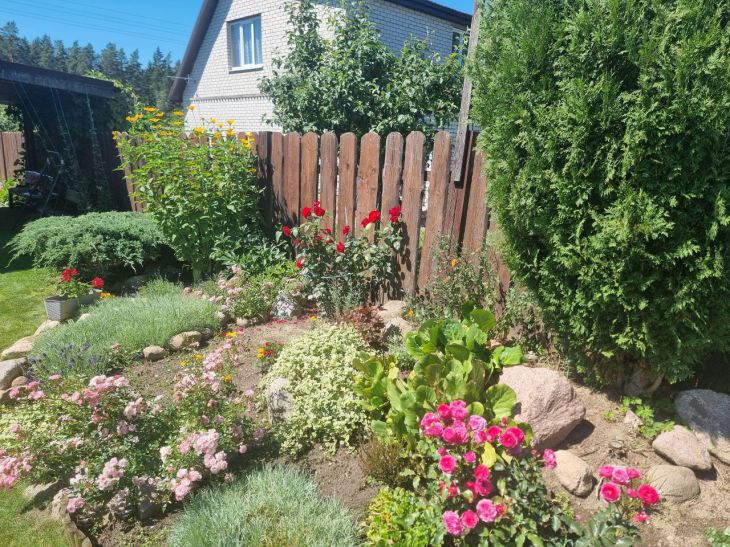What plants lack - we determine by the leaves: a gardener's cheat sheet
Just by looking at the leaves of the plants, you can understand what the plantings are lacking.
Knowing this, summer residents can quickly and accurately correct the situation and save the harvest or prolong the flowering of ornamental crops.
Nitrogen
When there is a shortage of macronutrients, the stems become thin and woody. Meanwhile, the leaves become covered with pale green and then yellow spots. The first signs appear in the lower part of the bush.
Potassium
By mid-season, the potassium reserves in the soil are exhausted. This is evident from the way the leaves "rust", "burn out" and curl downwards.
Phosphorus
Phosphorus deficiency is indicated by a bluish-green, purple or red-violet coloration of the leaves. The problem is especially acute for acidic and clay soils.

Iron
With a lack of iron, the leaves turn yellow from the base. But the first signs appear at the top. The veins retain a healthy green color for some time, but young leaves slowly turn red.
Magnesium
Magnesium deficiency can cause premature leaf fall. They become covered with "marbled" yellow spots, curl up and lose turgor. The veins remain green.
